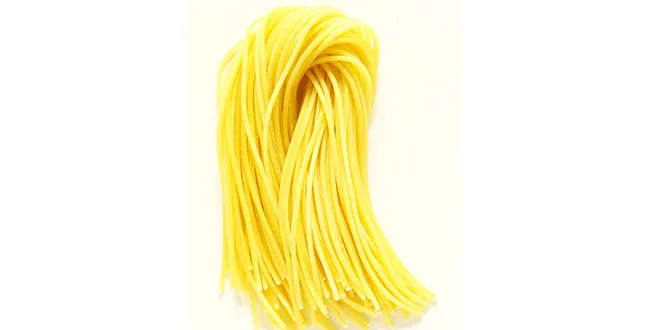hand make noodles
The Art of Hand-Making Noodles
Noodles hold a special place in cuisines around the world, but when it comes to hand-made noodles, the experience transforms from merely satisfying hunger to an engaging culinary art. Hand-made noodles, with their delightful texture and rich flavor, carry the essence of tradition and culture that has been passed down through generations. In this article, we will explore the fascinating world of hand-made noodles, from their historical roots to the intricate techniques involved in their preparation.
A Brief History
The history of noodles stretches back over 4,000 years, with evidence suggesting that they originated in China. Early documents reveal that these delicious strands were a staple food, not just in Chinese culture but also influenced cuisines in Japan, Italy, and beyond. The craft of noodle-making soon evolved, with each culture developing its own unique techniques and flavors. Hand-made noodles specifically symbolize the dedication of cooks to maintain tradition and quality, often characterized by the meticulous methods involved in their creation.
Ingredients and Techniques
The primary components for hand-made noodles are surprisingly simple flour, water, and sometimes eggs. However, the ratio of ingredients can significantly affect the final product. The type of flour used is also crucial; for instance, high-gluten flour yields chewier noodles while all-purpose flour results in a softer texture.
The process begins with mixing the flour and water together until a dough forms. Once the dough is kneaded to the right consistency, it is allowed to rest. This resting period is essential as it allows the gluten to relax, leading to a more workable and elastic dough. After resting, the fun starts! The dough is rolled out into thin sheets, often by hand using a rolling pin or even by specialized machines.
Cutting the rolled dough into strands is where individual craft comes into play. Depending on regional preferences, the width can vary from thin angel hair to wider udon varieties. Some cooks celebrate their creativity by adding flavors or colors to the dough—think beetroot for a vibrant pink hue or spinach for an enriching green.
hand make noodles

Cooking Hand-Made Noodles
The beauty of hand-made noodles lies not only in their preparation but also in the joy of cooking them. When it comes to cooking, the noodles should be boiled in salted water until they reach the desired level of doneness—this usually takes a little less time than store-bought options due to their fresh composition. The key is to taste test as they cook, ensuring that the noodles retain a slight bounce or al dente texture.
Once cooked, the noodles can be tossed in a variety of sauces or served in broth. Hand-made noodles easily soak up flavors and pair well with both simple and complex dishes. From a traditional bowl of ramen to a refined plate of fettuccine, the possibilities are endless.
The Modern Revival
In recent years, there has been a resurgence of interest in hand-made noodles. With the rise of handcrafted food trends, many chefs and home cooks are returning to this age-old practice. Workshops are popping up across cities where people gather to learn the art of noodle making, embracing the therapeutic and rewarding nature of the craft.
Moreover, the connection it fosters to culture and tradition is increasingly appealing in our fast-paced, convenience-oriented food landscape. Hand-making noodles is an invitation to slow down, appreciate the ingredients, and savor not just the meal, but the entire process.
Conclusion
Hand-made noodles are not just a culinary delight; they are a testament to the craftsmanship and cultural heritage embedded in food preparation. As we embrace this ancient art form, we celebrate not only the flavors but also the stories and traditions that come alive in every strand. So the next time you enjoy a bowl of hand-made noodles, take a moment to appreciate the effort and love that went into creating them, and perhaps find inspiration to try your hand at making them yourself.
-
Unleash Your Inner Chef with Delectable Italian Pasta CreationsNewsAug.01,2025
-
Savor Health and Flavor: Irresistible Soba Noodles for Sale Await!NewsAug.01,2025
-
Nourish Your Body with Premium Organic Ramen - A Culinary Delight AwaitsNewsAug.01,2025
-
Elevate Your Dishes with Our Exquisite Kinds of Egg NoodlesNewsAug.01,2025
-
Dive into Flavorful Convenience with Our Ramen OfferingsNewsAug.01,2025
-
Discover Exquisite Types of Naengmyeon and Chilled Soba NoodlesNewsAug.01,2025
-
Is Whole Wheat Pasta Healthy?NewsMay.30,2025
Browse qua the following product new the we

















































































































